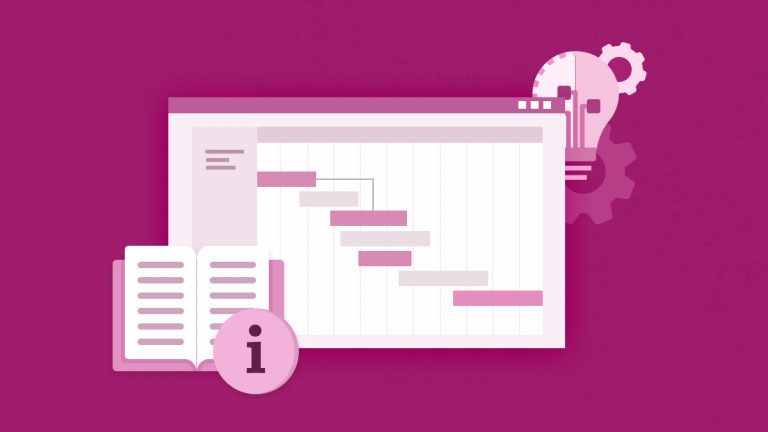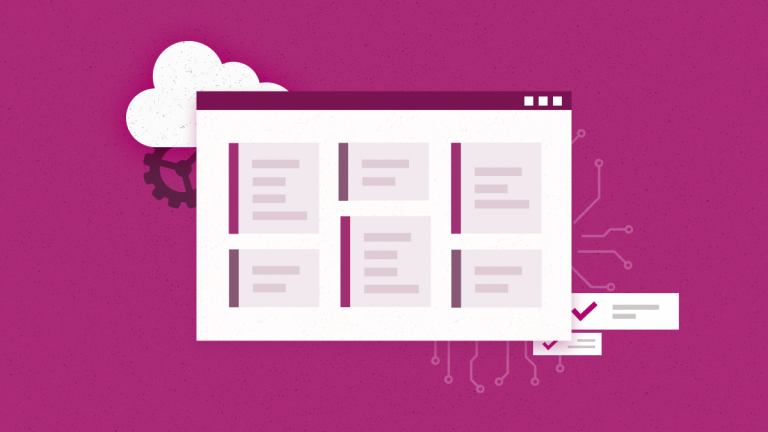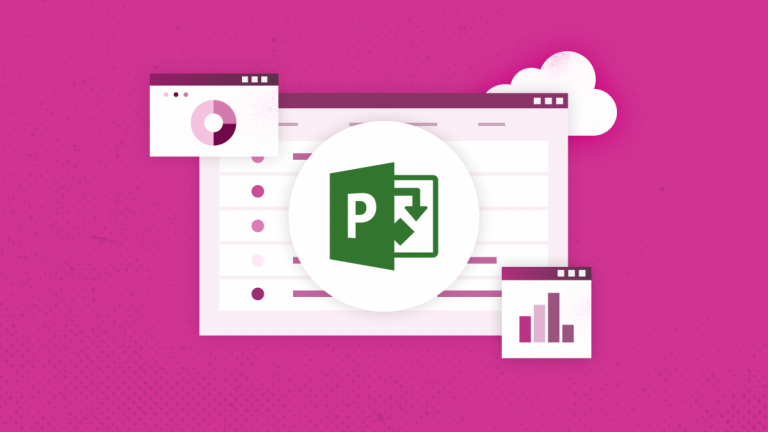
Elena Humeniuk
PPM Consultant
Project Portfolio Management, or PPM, is the continuous process of selecting, prioritizing, executing, and monitoring all the projects and portfolios in an organization.
PPM’s primary goal is to judge the feasibility of the projects under the portfolios and choose the best projects to meet the company’s objectives. It ensures that the risks are minimized and resources are appropriately allocated across the different projects in a company’s portfolio.
A portfolio manager, also known as the PMO, ensures that all the portfolio’s outcomes contribute to the organization’s strategic goals and objectives. They accomplish this by conducting business analysis, evaluating budgets, forecasting, and more.
What is Portfolio Management
The PPM process primarily consists of five steps:
- Determine Objectives: Before a project begins, it is essential to ensure that everyone involved understands its purpose and goals. One of the most common methods for achieving this is to build a strategy map that describes the business objectives and how the project managers should prioritize them.
- Research: The next step is to compile a list of potential projects and research the risks, expected ROI, and necessary resources. Ideas from coworkers, client feedback, or specific regulatory requirements are sources of inspiration.
- Project Selection: After the necessary research is done, the next step is to narrow down the best projects. The data collected from the previous actions help project portfolio managers to choose the projects that best align with the company’s goals. PMOs use collected and researched data to identify a project’s differentiators and draw up a tentative portfolio to maximize ROI by reducing risks.
- Validate Feasibility: A crucial phase in the PPM process is validating the portfolio of projects against their feasibility and availability of resources. PMOs process the gathered data to determine what resources a project needs and any potential roadblocks in this stage. If a project seems viable, the company can invest resources and proceed forward.
- Manage & Monitor: Once projects have been selected, the project management team needs to monitor and manage them. It is essential to keep an eye on the performance and re-scope, reallocate resources, and regularly review the portfolio as necessary.
Portfolio Management Software
Project portfolio management process requires a lot of data organization, collaboration, monitoring, and management. Tools like PPM software and project management systems make the entire process more efficient and hassle-free.
Portfolio managers and PMOs use various portfolio management tools to collect data, evaluate information, and apply the results. It helps manage the portfolio better and meet the organization’s goals. The amount of data associated with a single project, much alone a portfolio, has grown exponentially. As a consequence, organizations need robust portfolio management software.
PPM software also helps in portfolio optimization, risk analysis, forecasting, etc. Today we’ll be looking at one of the best portfolio management software, Microsoft Project.
Microsoft Project for the Web
Project for the Web is Microsoft’s latest cloud-based work and project management service. It is a web-based project management tool that allows project managers and team members to plan and manage work of any scale.
Project for the Web has been built on the Microsoft Power Platform, like PowerApps, Microsoft Flow, Power BI, and Microsoft Dataverse. It provides powerful features like the Project Home, Project for the Web Roadmap, and a well-designed web-based user interface. The Microsoft Project software family includes Project Online Desktop Client, Project Online, Project Server, and Project desktop. Moreover, it is deeply integrated with Microsoft Office 365 and Groups and is available through three subscription plans.
PPM with Project for the Web
Microsoft Project for the Web is a powerful portfolio management system. Here is a list of valuable PPM features you can use with Project for the Web:
- Task and Time Management: Board and Grid views are great for visually tracking workflows. Project Home also gives you a bird’s eye view of the entire project. You can use Microsoft Project schedule and milestones to assign due dates and dependencies to organize your tasks easily. Besides, the Summary Tasks feature helps plan, manage, and track deliverables and task phases.
- Visualization: The solution has a Board view, Grid view, and Microsoft Project Gantt chart. They help to visually track your tasks by presenting them in a hierarchical structure.
- Collaboration: Project for the Web makes collaborating with teammates and partners easier with its Microsoft Teams Integration. It requires a Microsoft 365 or Microsoft 365 commercial subscription. Admins can easily add and remove team members and set up work calendars.
- Program Management: Project for the Web allows you to automate your workflow. Moreover, it has powerful PPM features such as interactive roadmaps, displaying task status with graphical indicators, building custom dashboards, etc.
- Reporting: Project for the Web also helps PMOs report using Power BI (requires a Power BI Pro subscription). MS Project provides a pre-built set of Power BI reports that can be further customized in Power BI.
Final Thoughts
In the data-driven world we live in, PPM programs have become essential. If your business is looking to level up its PPM game, we highly recommend giving Project for the Web a try. Microsoft Project for the Web is undeniably a helpful tool for project, portfolio, and program managers alike. However, PMOs and PPM administrators need to care about safeguarding their critical projects against human errors and data loss. Learn more about Data protection for Microsoft Project for the Web from our blog.
Learn more
about how to avoid data loss in Project for the Web by reading our blog











